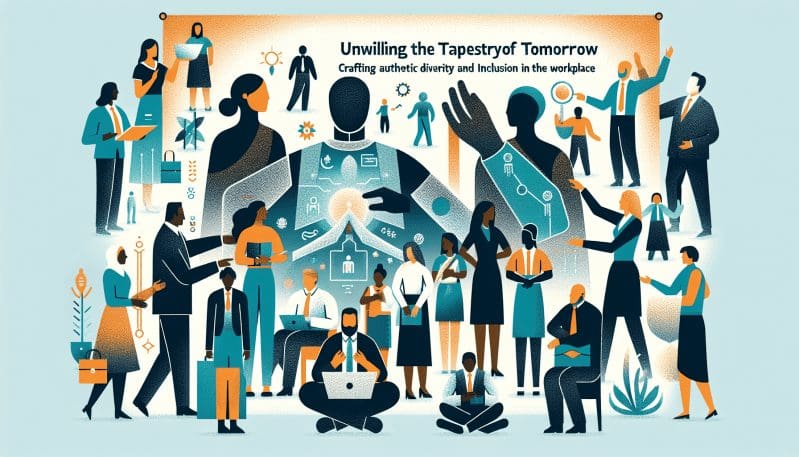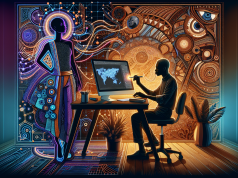In the heart of the metropolis that is New York, a revolution simmers within the office towers and co-working spaces that dot the city’s skyline. It’s a revolution that speaks to the very fabric of our society, to the values we uphold, and the communities we build. This revolution is that of diversity and inclusion in the modern workplace, and its call to action rings as loud as the city’s hustle itself. But as this clarion call grows louder, so does the skepticism: Are we witnessing a true metamorphosis, or is this another corporate performance, a masquerade of values for branding’s sake?
New York, in its sprawling glory, is often seen as the epitome of diversity. Walking through its streets is like traversing the world within a few city blocks. Yet, the question lingers: Does this external mosaic reflect the inner workings of its corporations and start-ups? Are businesses genuinely committed to weaving diversity and inclusion into their organizational DNA, or are they just ticking off boxes to appease a more conscious consumer base and a more discerning potential workforce?
Evidence suggests that for many, the push for diversity and inclusion has transcended buzzwords and entered the realm of strategic imperatives. Companies leading the charge are not doing so out of sheer goodwill; they recognize the tangible benefits. A truly diverse workforce can boost problem-solving capabilities, foster creativity, and lead to products and services that better represent an eclectic customer base. These companies understand that diversity is not just about public image—it’s about economic resilience and innovation.
Yet, the road to authentic inclusion is paved with challenges. Token hires, diversity quotas, and compulsory sensitivity training sessions are commonly mistaken for progress. Instead, what’s required is a foundational shift in corporate culture. This shift begins with listening—truly listening—to employees from all backgrounds. It involves assessing the systemic barriers that have historically hindered equal opportunity and strategically dismantling them with a fine-tuned sledgehammer of policies and practices that are equitable at their core.
To ensure that diversity and inclusion are more than just buzzwords, companies must commit to continuous learning and unlearning. This commitment might manifest in various forms, such as partnership with minority-led businesses, investment in diverse hiring pipelines, and the creation of inclusive spaces that encourage different perspectives. Moreover, accountability measures must be in place to track progress and impact.
The readers of The Work Times, akin to those of The New York Times, know the value of depth, integrity, and action. It is to these readers that we extend the invitation to join the dialogue. We prompt you to question and challenge the norms, to demand more from the places you work and the businesses you support. Diversity and inclusion should be more than just a chapter in a corporate playbook; they should be the narrative that shapes our working lives.
So, as we contemplate the landscape of New York’s workplaces, let’s not be content with superficial change. Let’s advocate for transformation that is both profound and tangible, ensuring that every voice is not only heard but also resonant in the symphony of decisions that drive our businesses forward. It is when diversity and inclusion are woven into the very tapestry of our workplace culture that we can look towards a future as vibrant and dynamic as the city we call home.
For businesses ready to take actionable steps, begin with introspection. Assess your diversity and inclusion initiatives with a critical eye. Seek out the voices of those less heard. Develop frameworks that not only invite but also thrive on, the rich spectrum of human experience. And to our readers, keep the conversation going, share your experiences, and be part of the change. After all, it is only through collective effort that we can transform the promise of today into the reality of tomorrow.





























